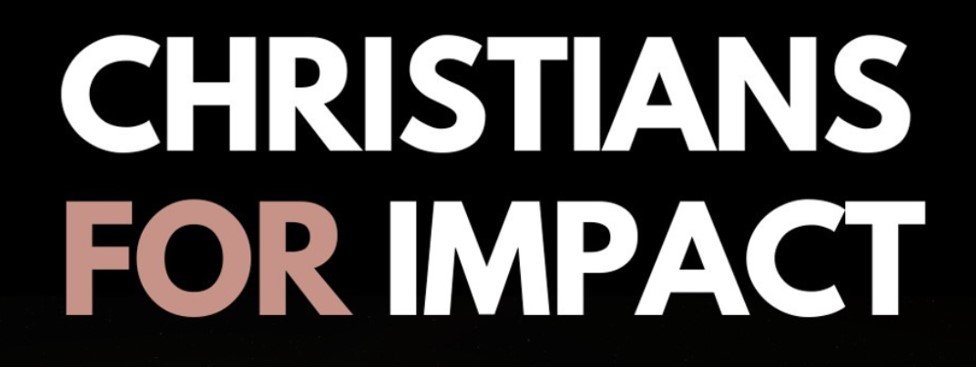
Counterfactual Impact
Written October 29 2024
Est. 5 minute read
This article draws heavily from Probably Good (see their up-to-date entry here).
Counterfactual impact is the difference you make by doing something versus what would have happened if you hadn’t done it. For example, if you help someone in need but simply replace someone else who would have done the same, your counterfactual impact is minimal because the person would have received help regardless.
Considering indirect outcomes
When deciding what to do, we often think about the direct outcomes of our actions. But when estimating the counterfactual impact of an action, we need to think about both the outcomes of the action and the outcomes of not performing that action.
Imagine, for example, you decide to volunteer in a soup kitchen that serves dozens of people. In some sense, it’s reasonable to say that you helped feed dozens of people. But let’s say you applied to volunteer at the soup kitchen alongside twenty other applicants and were arbitrarily chosen for this year’s position. If you hadn’t decided to volunteer, it’s likely that the same number of people would have been fed. In this case, your counterfactual impact—the difference between the outcomes of this action and the outcomes of what would have happened otherwise—may be nothing at all.
Replaceability
If our goal is to make the world a better place, understanding counterfactual impact can have profound implications. One important counterfactual consideration is replaceability. If we don’t consider that someone may replace us if we don’t take a particular action, we’re likely to overestimate the difference we’re able to make.
Gregory Lewis, a medical doctor, was interested in how many lives a medical doctor saves throughout their career. Counting the direct benefits doctors provide to their patients, he estimated that the average doctor saves about 90 lives throughout their career, which is absolutely incredible.
However, when taking into account various other factors (like how many doctors a country already has) he found that the true counterfactual number is closer to 25 (which is still great, even if it’s fewer than we originally thought). This is because if a hospital has one fewer doctor, their patients wouldn’t have been left on the curb. Instead, the smaller number of doctors would prioritize the most important cases, and take over most of the missing doctor’s important workload. You can read more about the impact of being a doctor here.
Opportunity cost
Another important concept that relates to counterfactual considerations is opportunity cost. Whenever you spend a resource (such as money or time), your opportunity cost is the value of what you could alternatively have spent that resource on. Imagine, for example, that you found a charity that raises a million dollars and uses it to provide medication that saves 10 lives.
At face value, this seems obviously good. But imagine that, because of your excellent fundraising pitch, donors gave your charity this money instead of an extremely effective charity that could have saved hundreds of lives with that same money. In this hypothetical case, what can be seen as doing good directly could actually end up doing more harm than good if we consider the opportunity costs (or the counterfactual use of the resources you use).
Estimating counterfactual impact
Counterfactual considerations don’t always reduce our impact; sometimes they can significantly increase it.
One classic example of this is donation matching. If some organization or person is willing to donate a dollar for every dollar we donate to a cause, then by paying some amount of money (and helping to some extent directly), our actions actually provide twice the benefit counterfactually. Of course, to truly understand whether we’re doubling our counterfactual impact we need to know what the matcher would do with the money if we didn’t donate, whether others would likely take up the donation matching instead of us, and other similar questions.
As can be seen from these simple examples, estimating counterfactual impact is challenging. In our own lives, and especially when considering speculative questions like the counterfactual impact of future career paths, we will usually not be able to estimate the full counterfactual impact of our decisions reliably. However, taking into account counterfactual considerations where these are clear and significant can still help us make better career decisions—or at least avoid some common pitfalls.
Additional resources
Summing Up
Counterfactual impact:
Refers to assessing the difference made by an action versus its absence.
Means you should recognise that others may fill your role, affecting perceived impact.
Means you should consider what could be achieved with resources spent differently.
Means you can use strategies like donation matching to enhance overall impact.
Need help discerning your career? Sign up for our free one-on-one impact mentorship here.
To read more about it click here.
Do you have any career uncertainties? Click here to read our article on three big career uncertainties you can trust God with.
